What is it?
The most extreme factory backed iteration of a road going BMW M3 yet – the new GTS. The final act for the current M3 prior to the arrival of an entirely new model in early 2012, it is essentially a track car that just happens to be road legal here in the UK, thus the licence plates front and rear.
At 1530kg, it is 75kg lighter than the standard M3 for a start. The weight loss is achieved, in part, by the adoption of titanium rear silencers and 19-inch light alloy wheels. In true racecar practice, the glass rear side windows and rear screen make way for lightweight polycarbonate replacements.
Further reductions come by way of a pared down interior. It has been liberated of just about all of its comfort orientated features, including the front seats which are replaced by one piece carbonfibre jobs with three-point belts.
The M3 GTS’s added performance stems from its engine. It’s no mildly tweaked version of the fifth-generation M3’s naturally aspirated 90-degree 4.0-litre V8. Rather BMW’s M division has developed what amounts to a whole new powerplant.
The bore remains at 92mm but the stroke has been extended by 6.8mm to 82mm, resulting in an overall capacity of 4.4-litres. Power tops out at 444bhp – 30bhp more than the standard M3, while torque jumps from 295lb ft to 325lb ft and is developed 150rpm earlier at 3750rpm.
Channeling the new car’s added reserves is a beefed up version of the M3’s optional Getrag-engineered seven-speed M DCT (dual clutch transmission). As is now a feature on all of BMW’s M models, there’s a power button and toggle switch to alter the characteristics of the engine’s power delivery in five distinct steps.
What’s it like?
Fire the M3 GTS’s new V8 and you’re immediately made aware of all the under bonnet tinkering as it catches and settles into a lumpy idle overlaid with a pulsating exhaust note that is full of purpose and fantastically naughty.
Moving off, it’s the added torque that make its presence felt more than anything else. At lower revs, the M3 GTS feels more muscular than the standard M3 – not a lot but enough to make you think the engine changes have been worth the effort.
The acceleration is clearly stronger and not so heavily weighted towards the business end of the rev range, something that provides it with added flexibility and a more determined feel.
The response is something else. BMW’s M division has retained individual throttle butterflies for each cylinder and full variable valve timing, endowing the new V8 with sensational pick up. It’s not quite as rabid as similarly sized engines boasting a flat crank design, but it is mightily impressive nonetheless. All of which, gives the impression of added speed right throughout the range.
Less mass helps, of course. At 290bhp/tonne, the M3 GTS’s power to weight ratio is rather sharp – not stunningly sharp but sharp enough to make the standard M3 appear somewhat blunt by way of comparison.
The dual clutch transmission makes light work of the engine’s added reserves, providing rapid shifts in manual mode without the startling clunk you got with the old sequential manual unit when changing gears at the redline. It’s definitely the right choice for the car. A traditional manual would be out of place here.

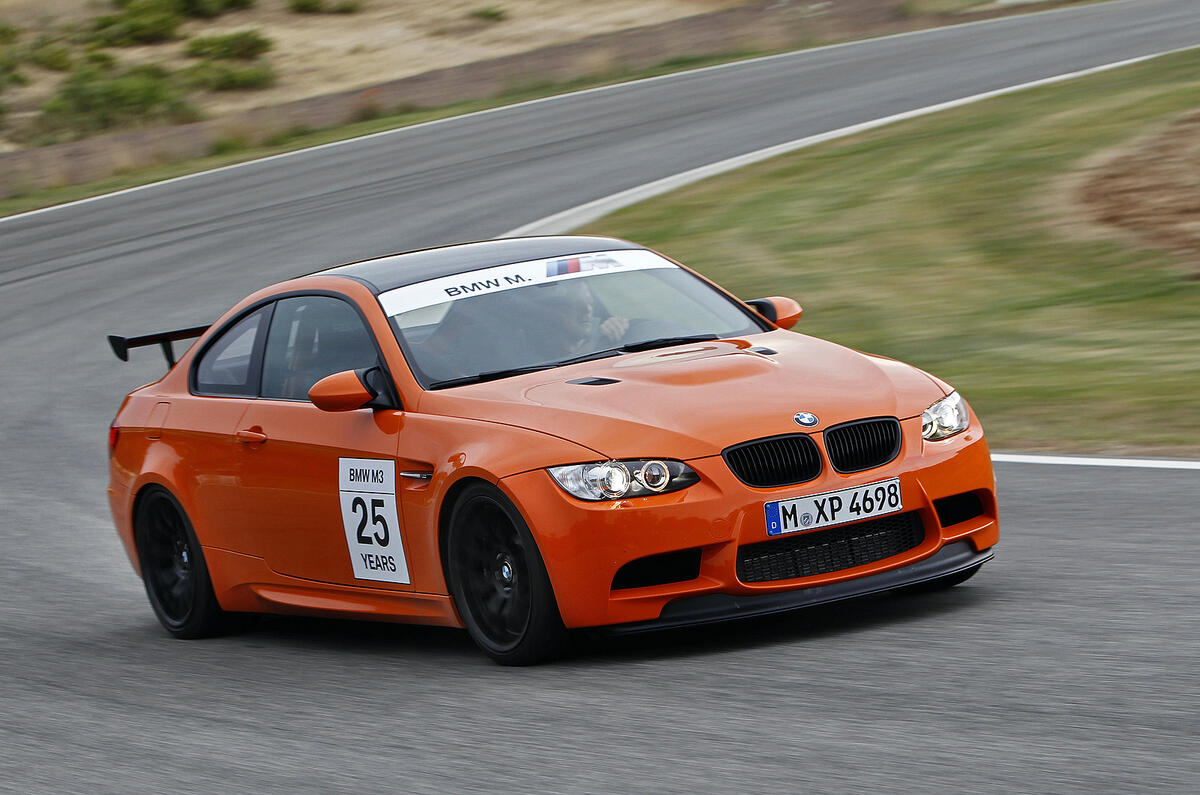
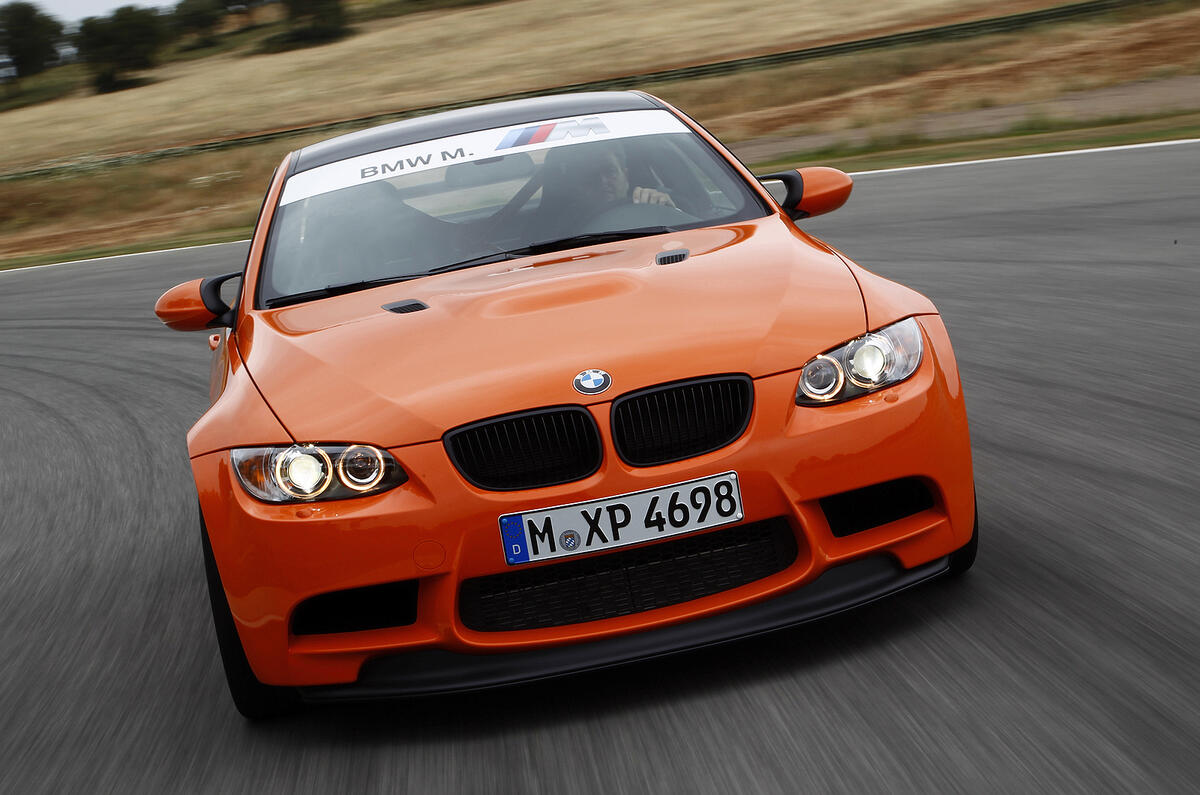

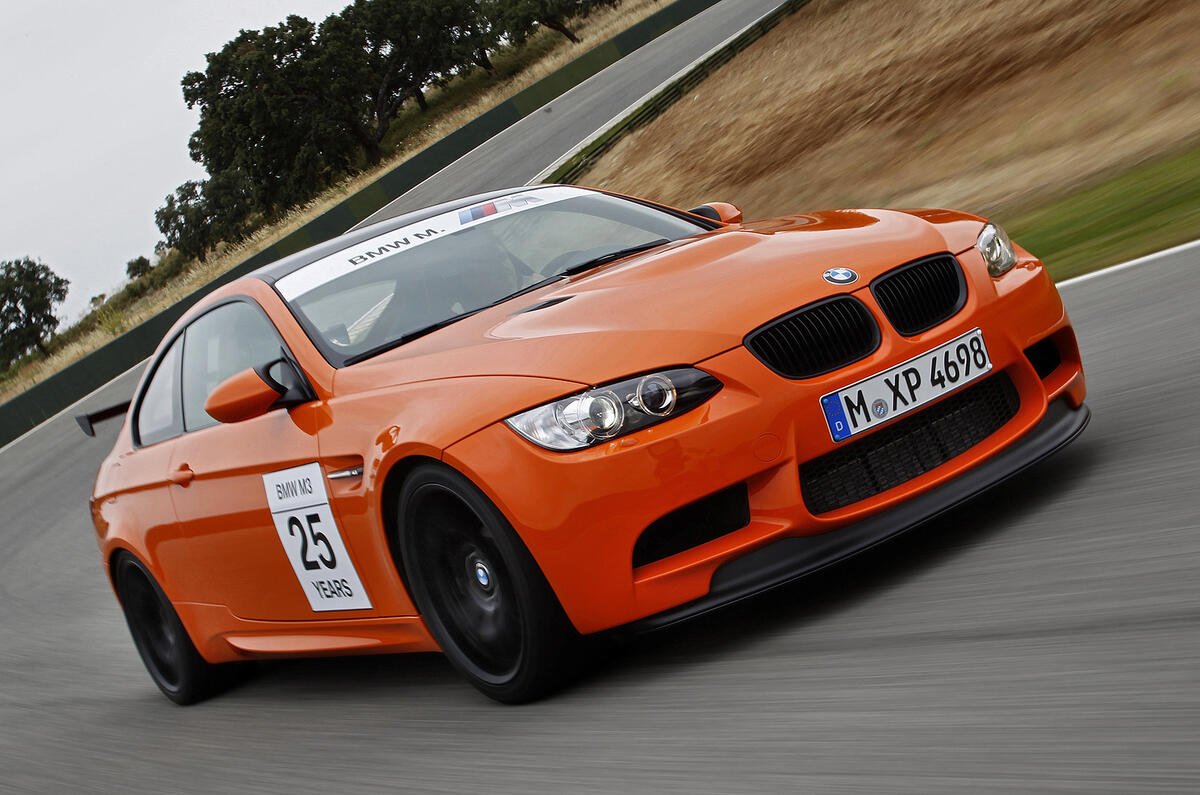


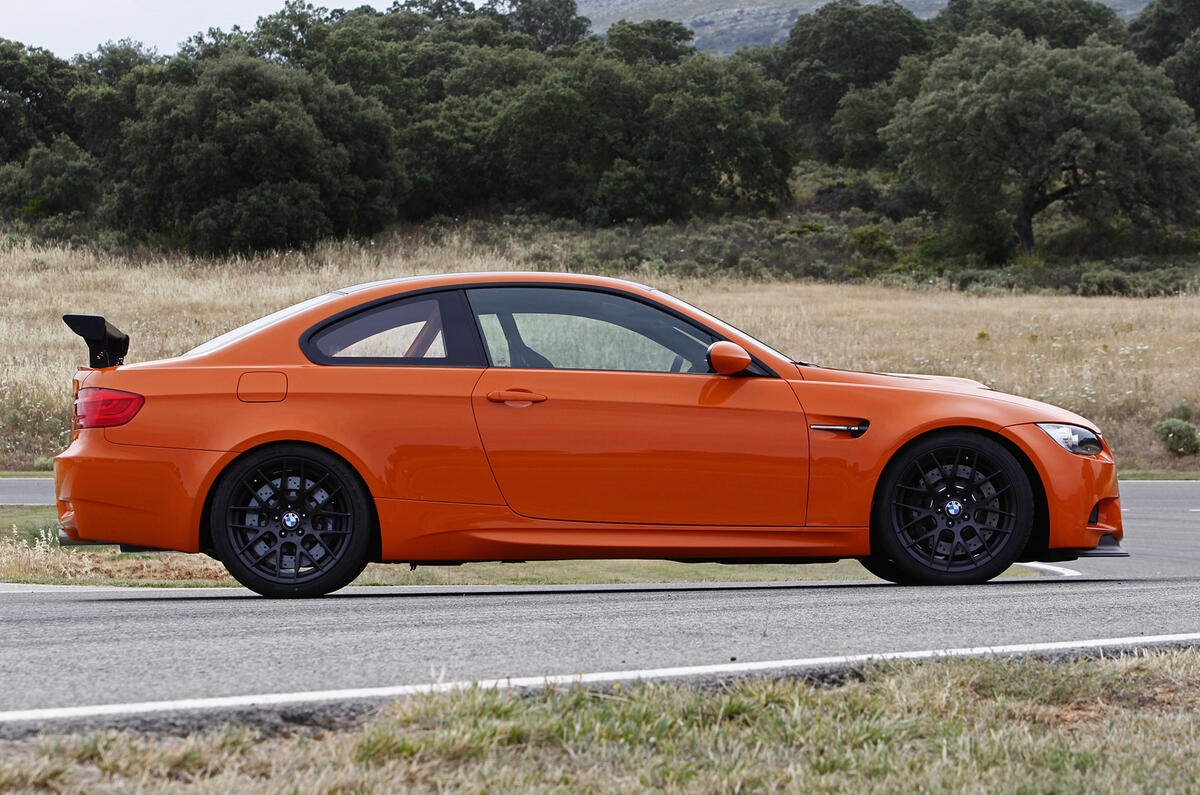




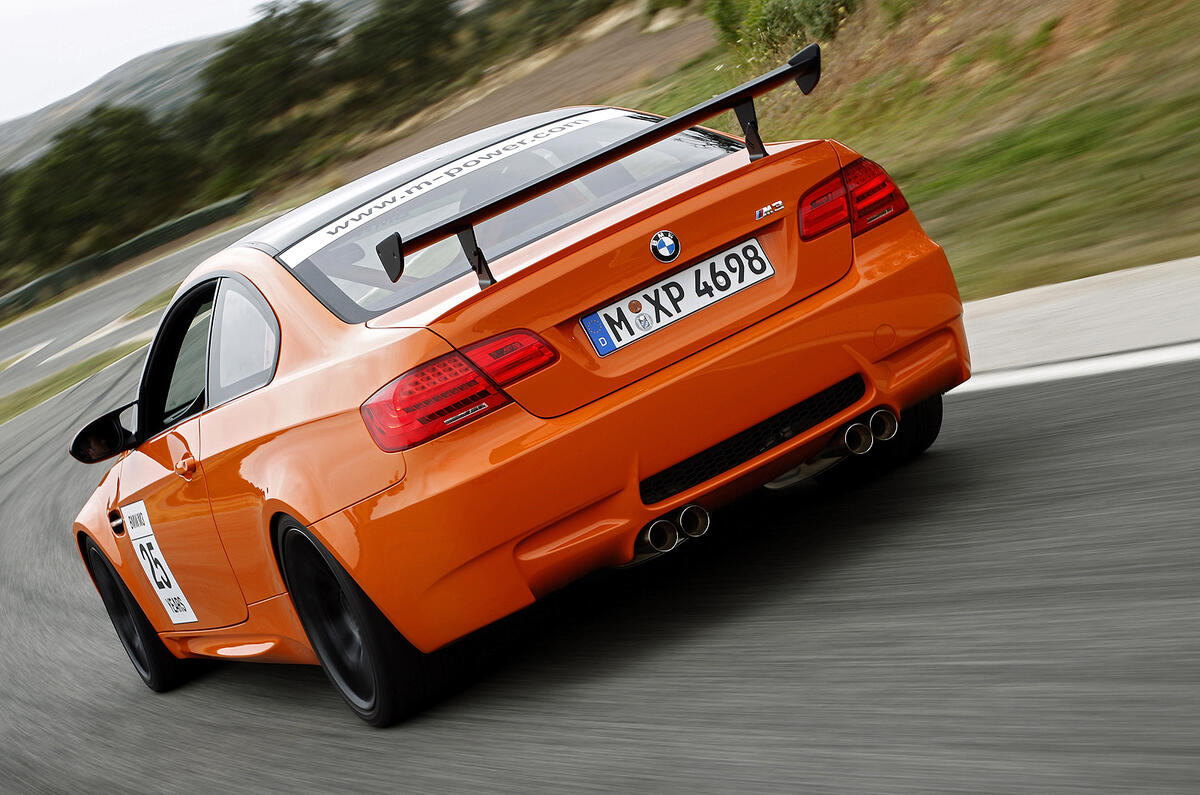




















Join the debate
Add your comment
ty for this information
http://cars5.net/bmw-m3-gts-test-drive/
ty alot for this information
Re: BMW M3 GTS
Might the traction control go missing from the factory?
Re: BMW M3 GTS
Be surprised they haven't got a hybrid M3 like Porsche did with the RS3, wouldn't that be a fantastic M3?